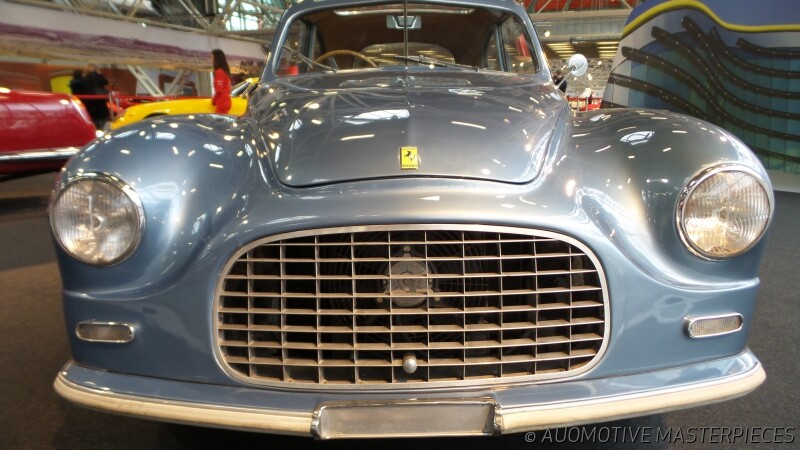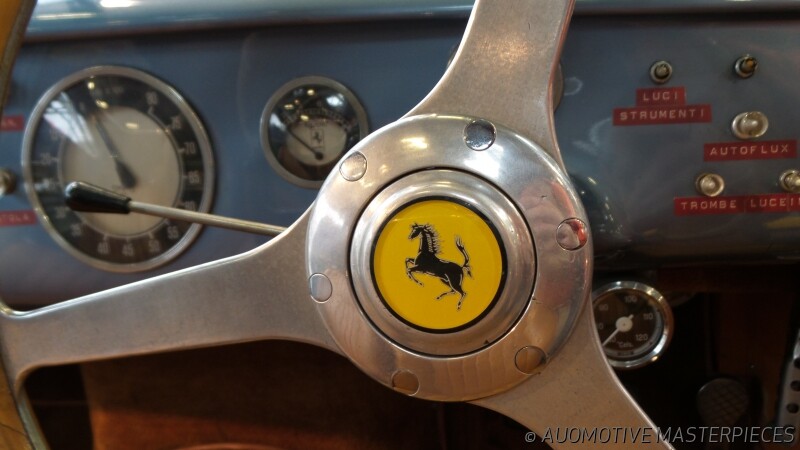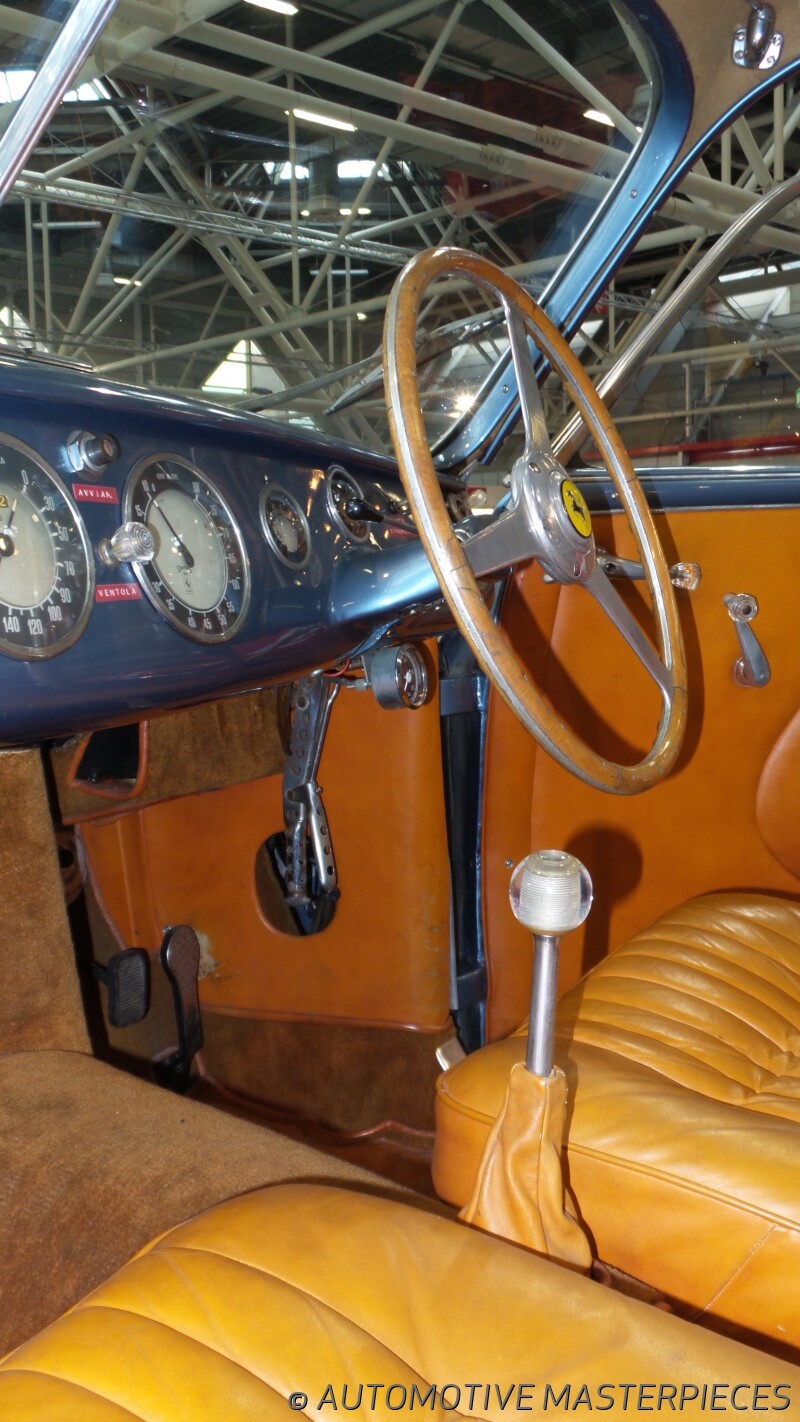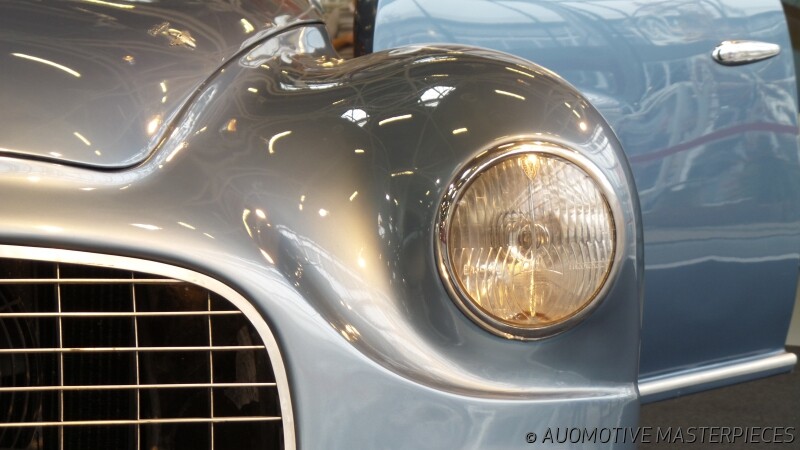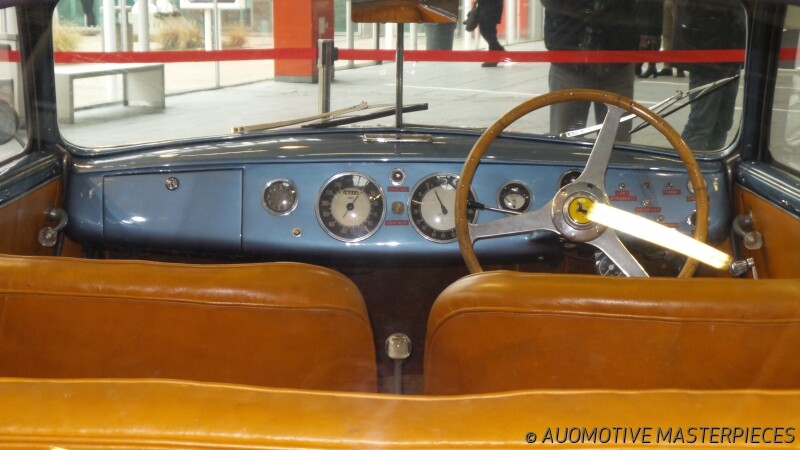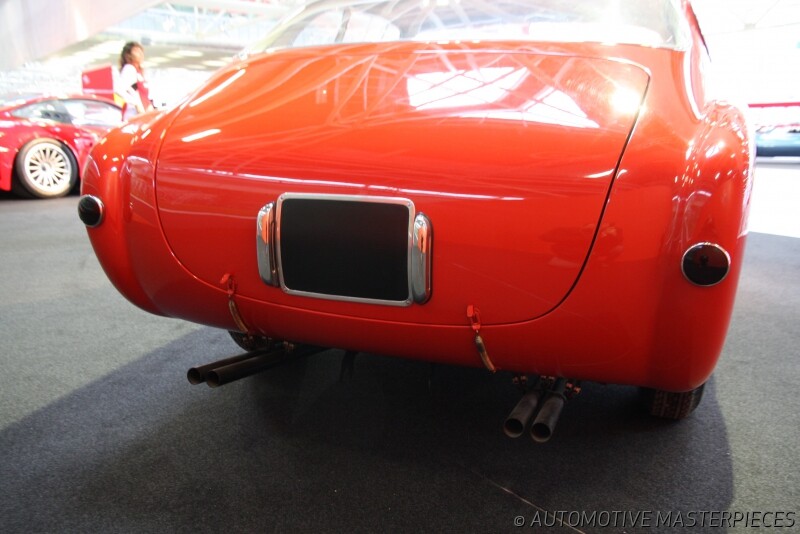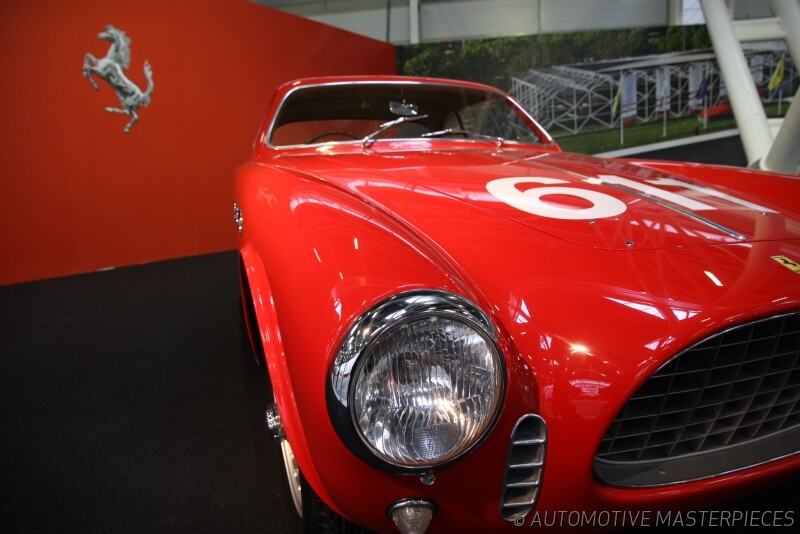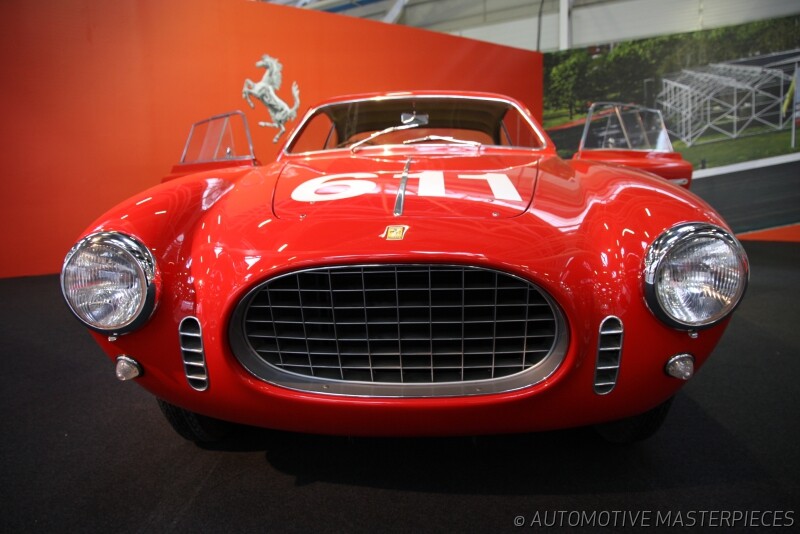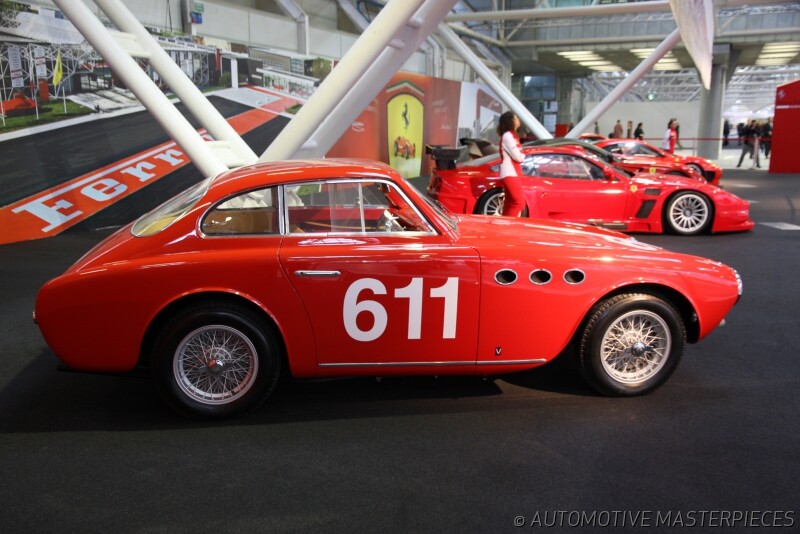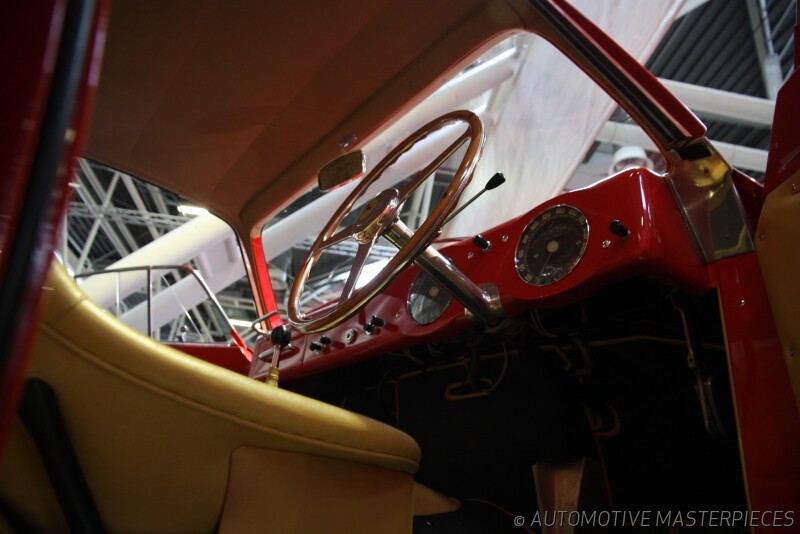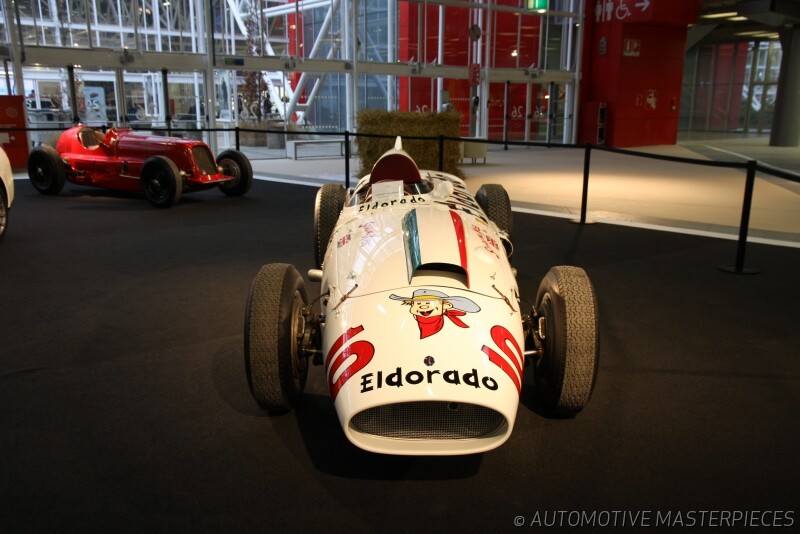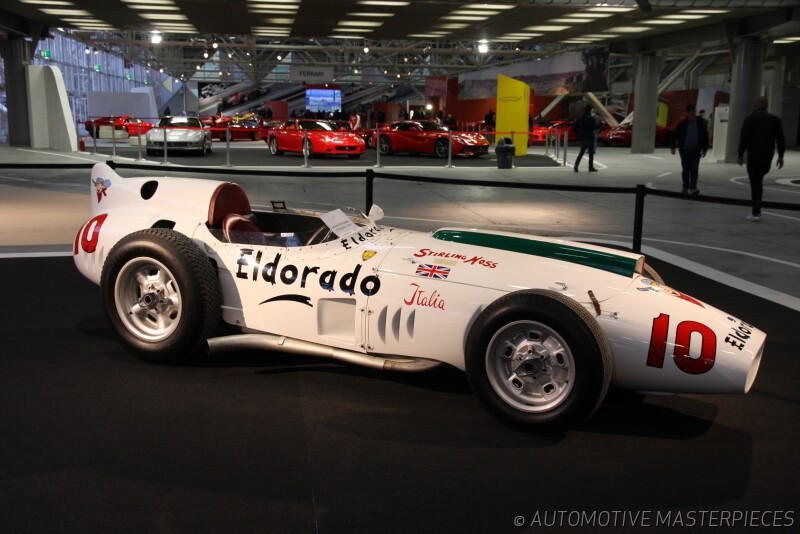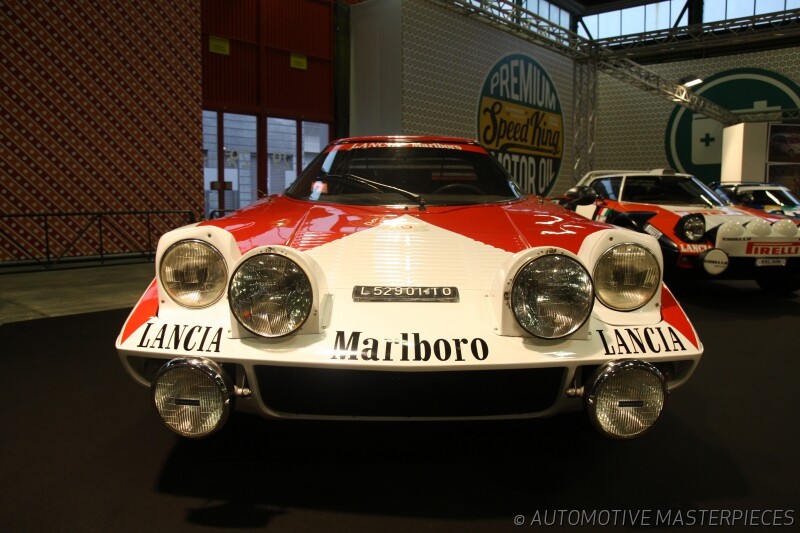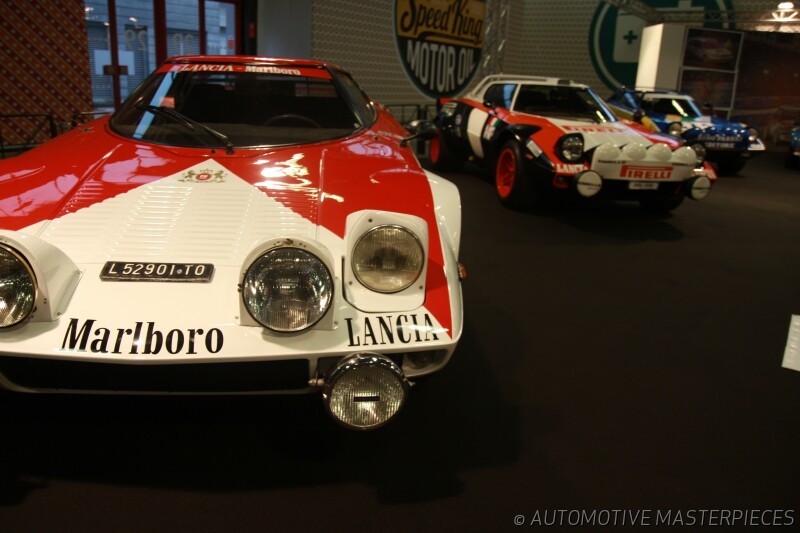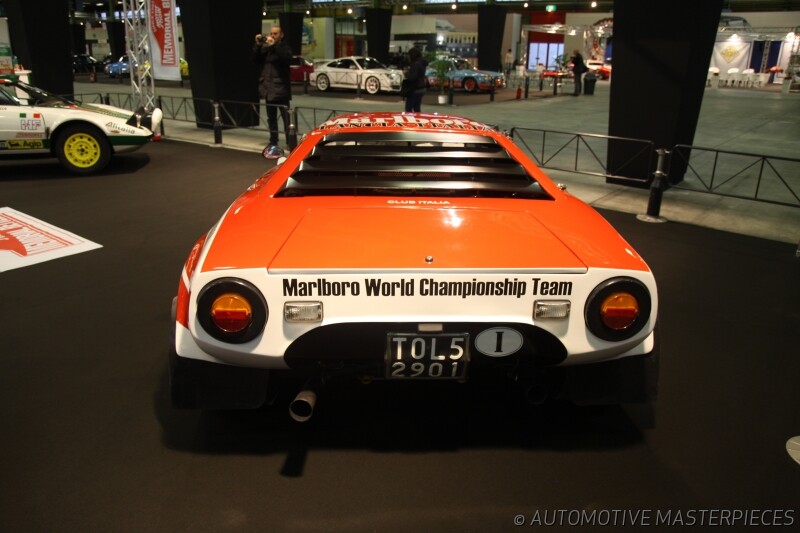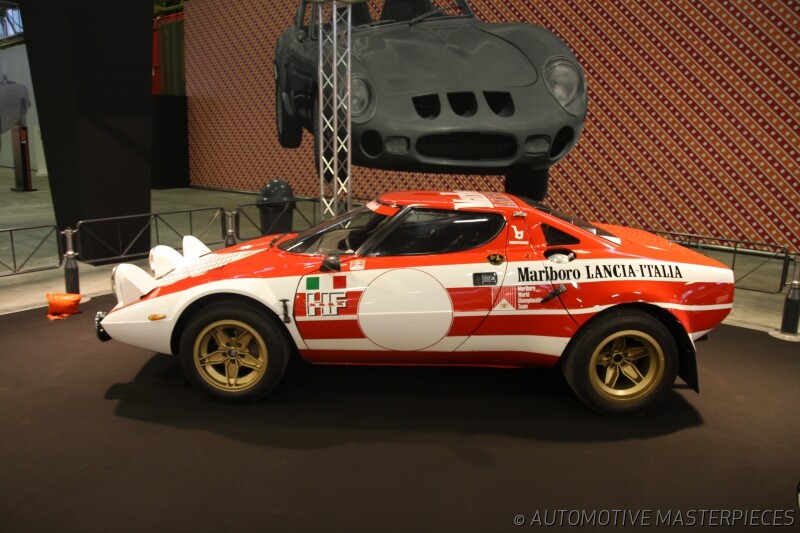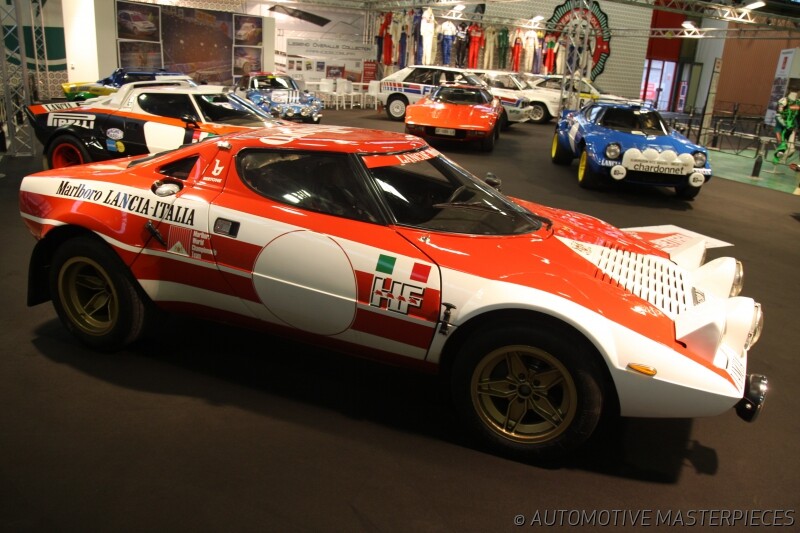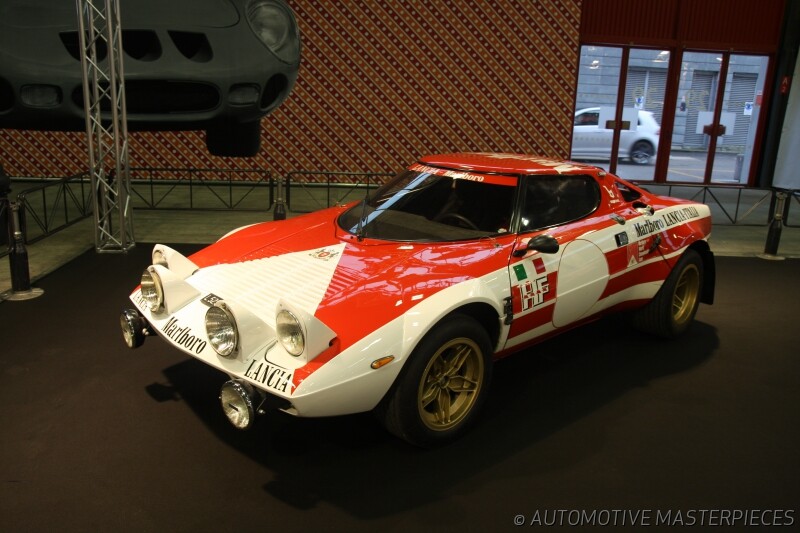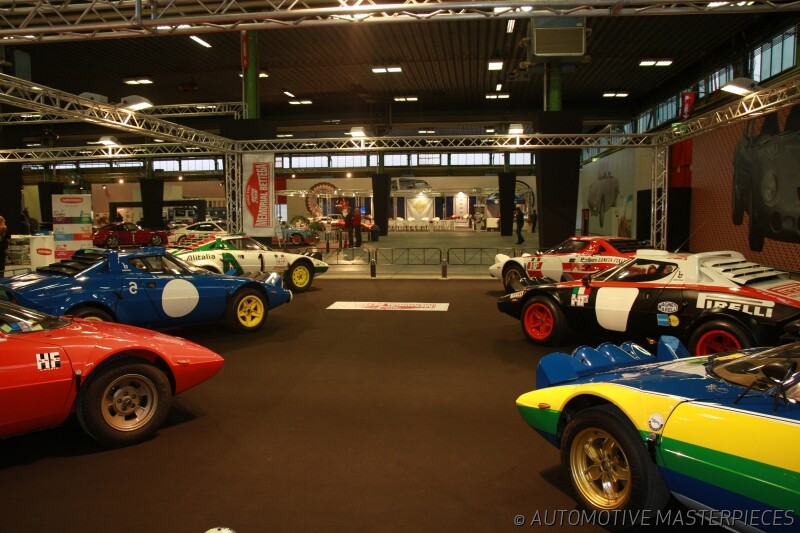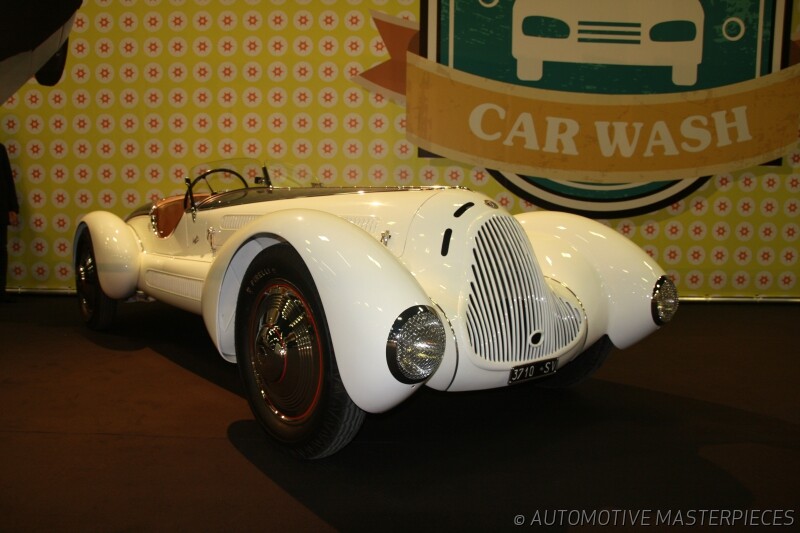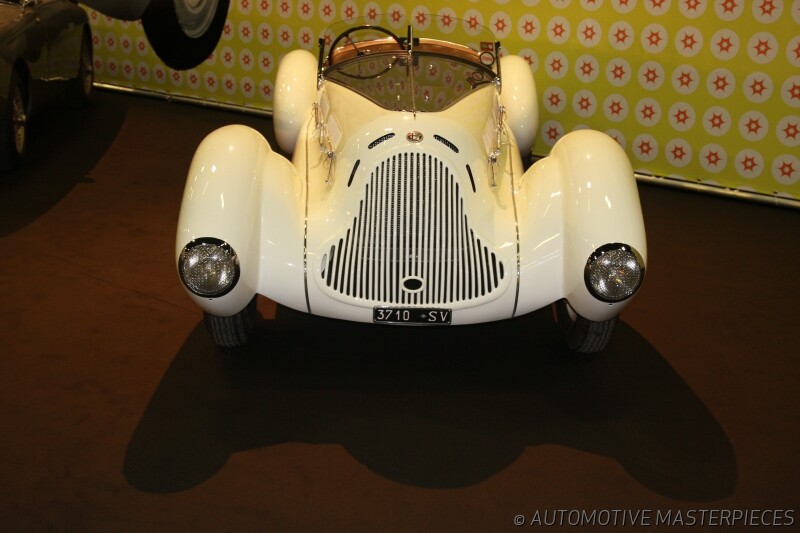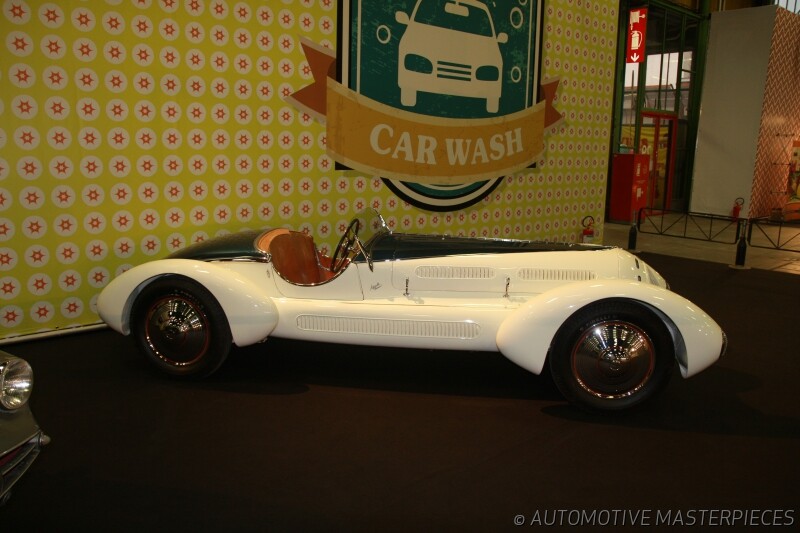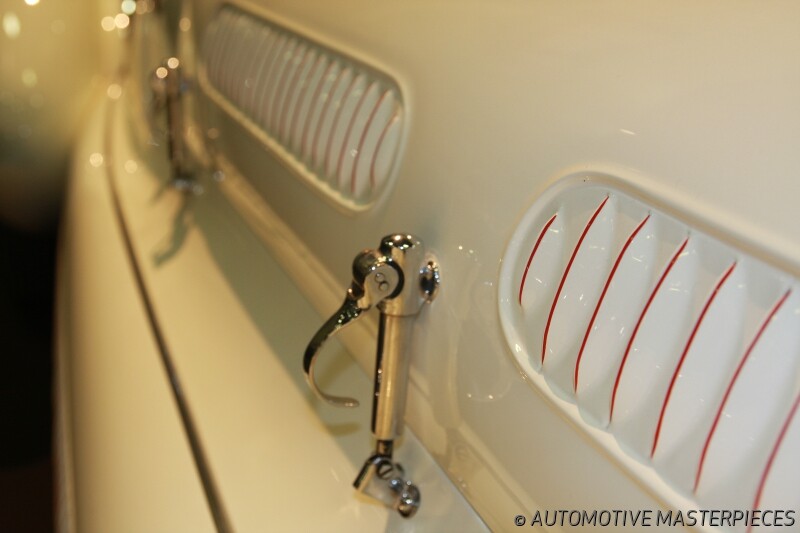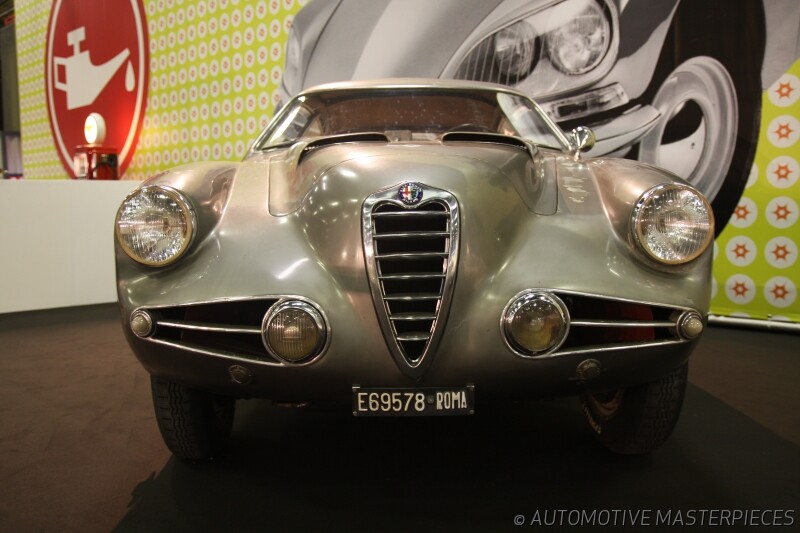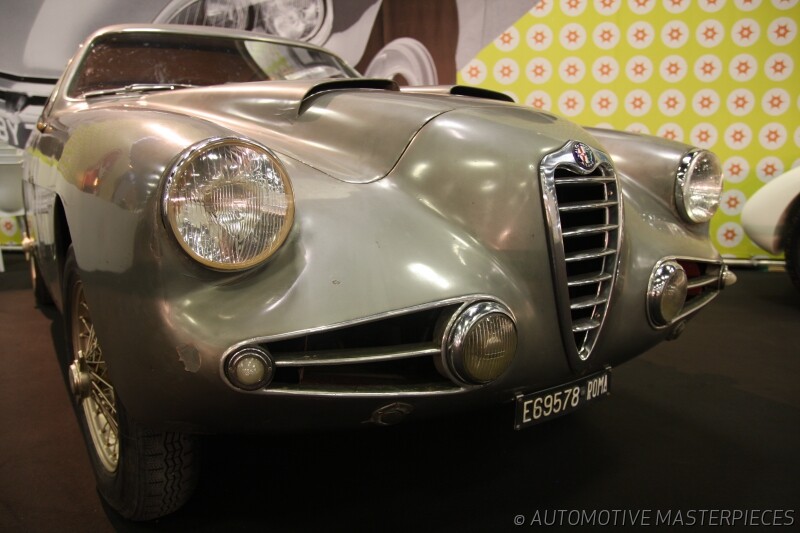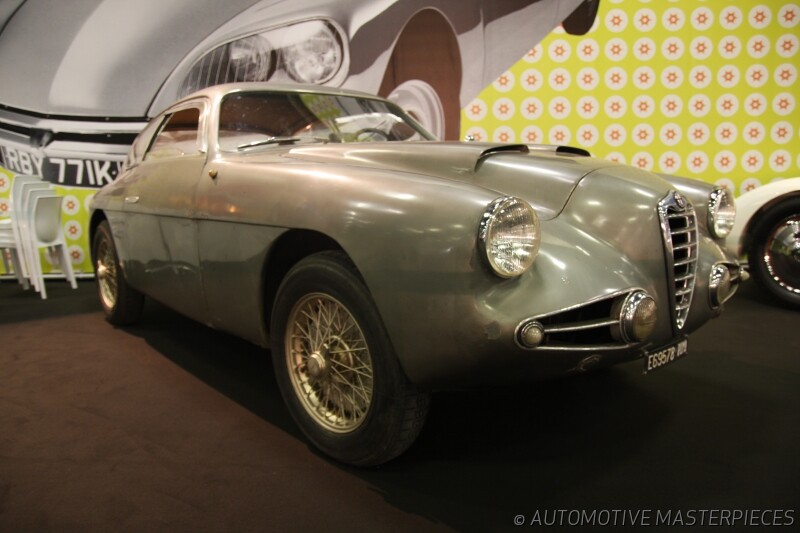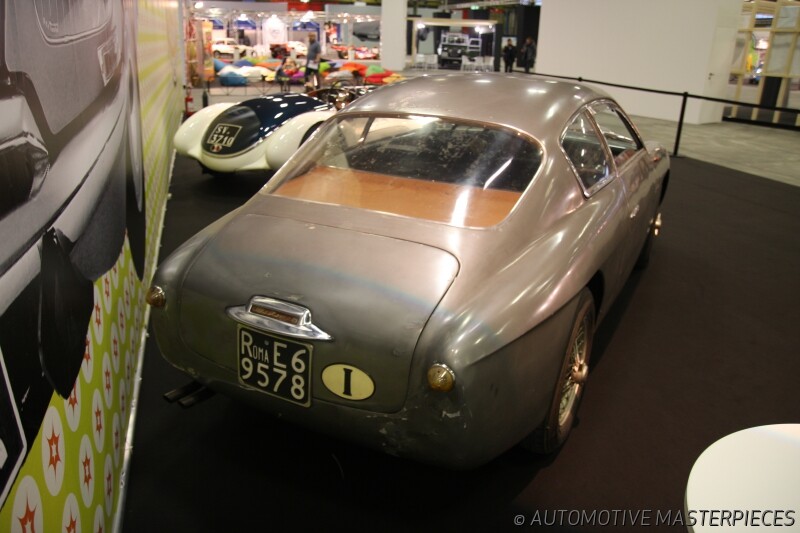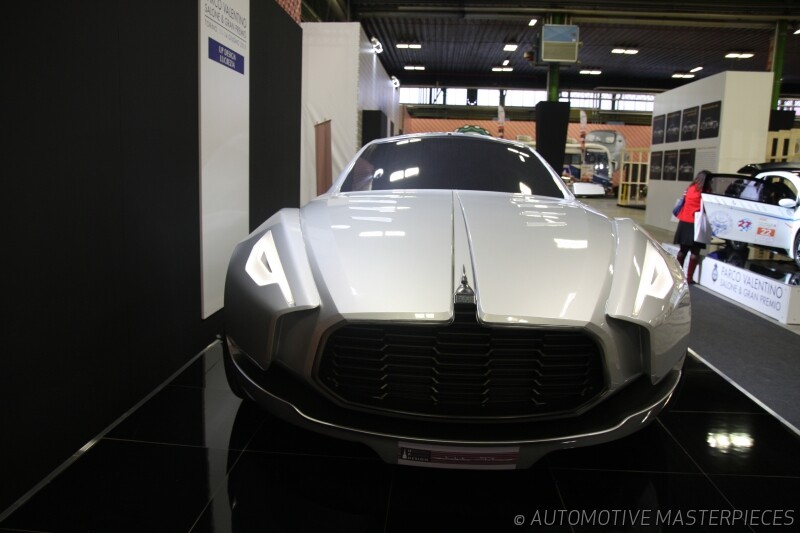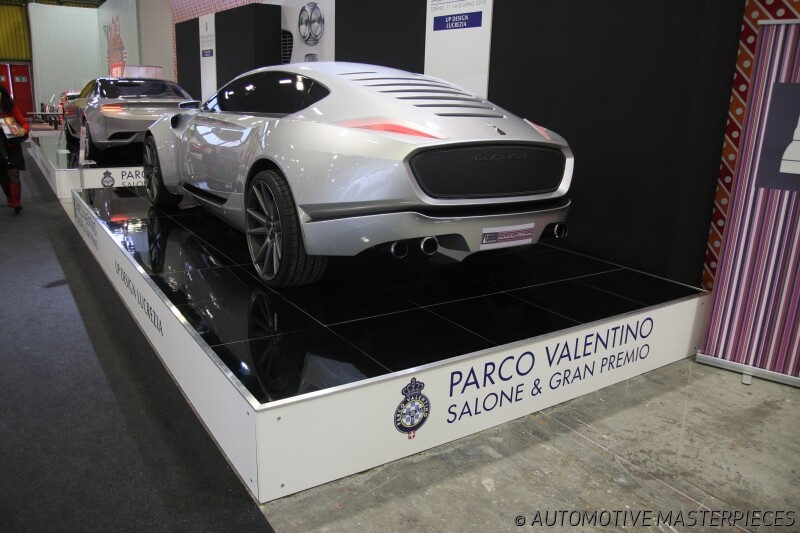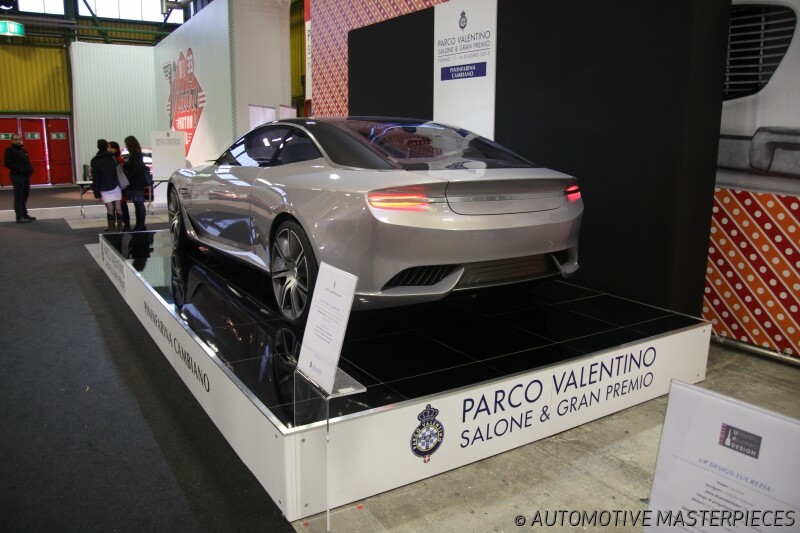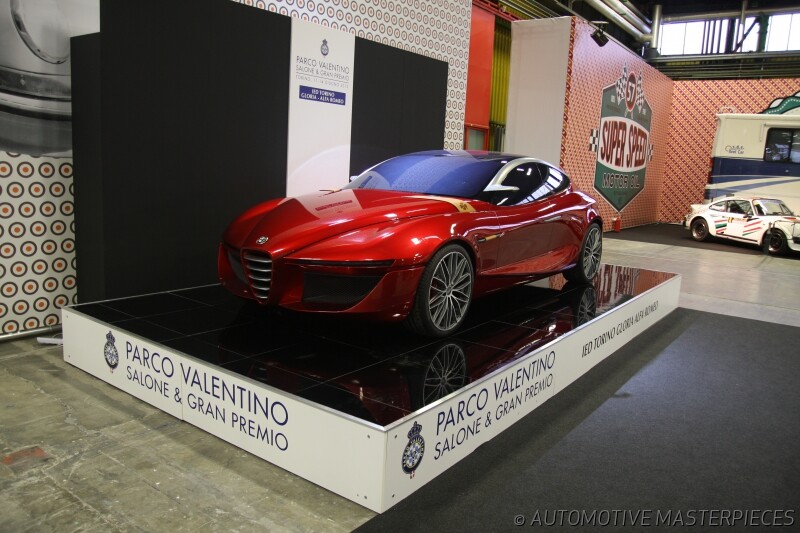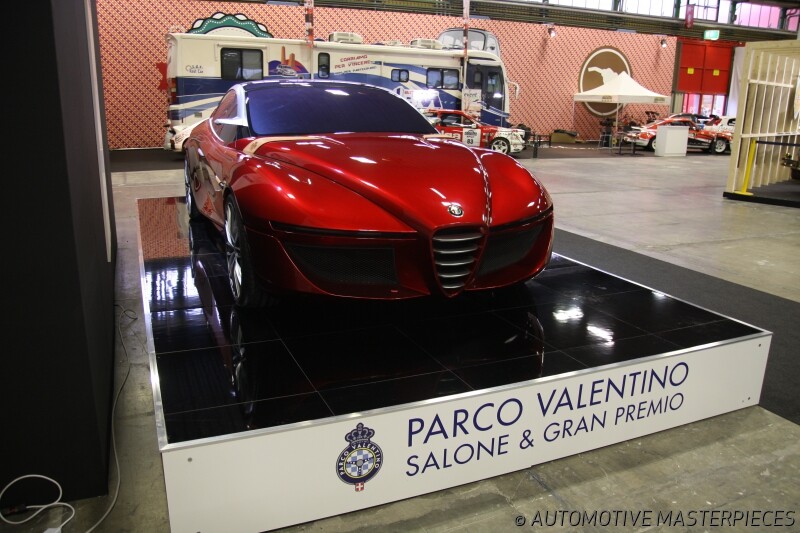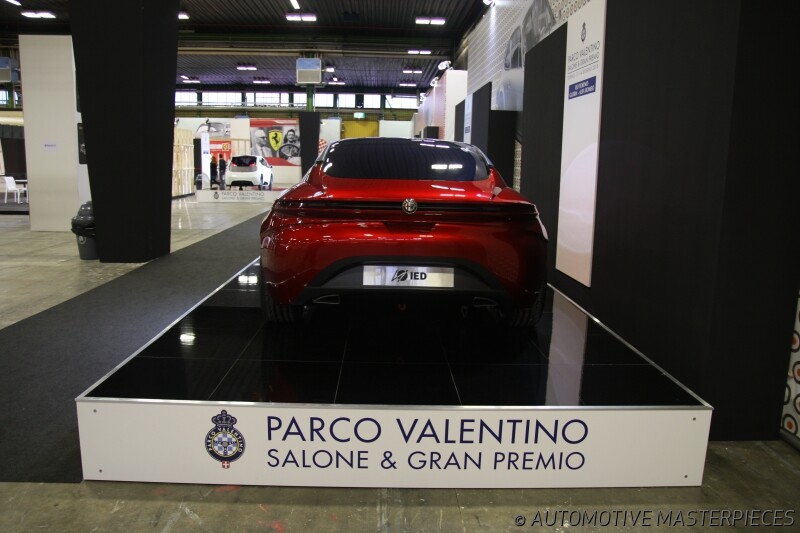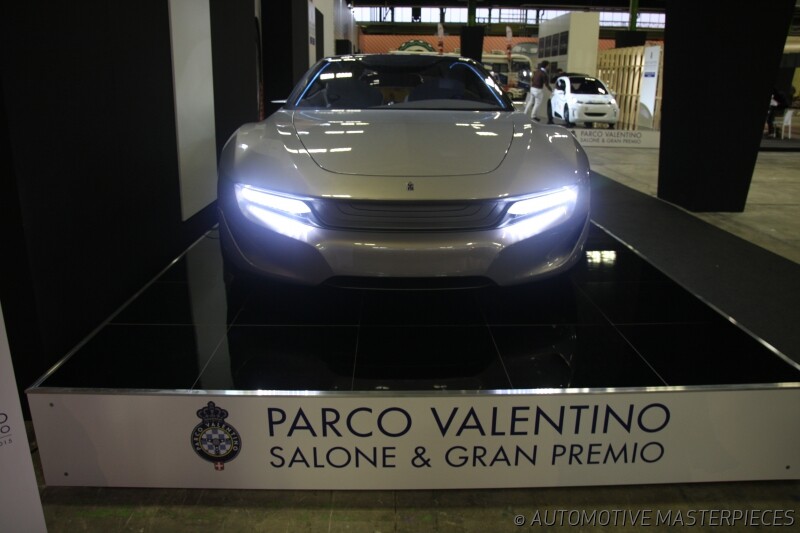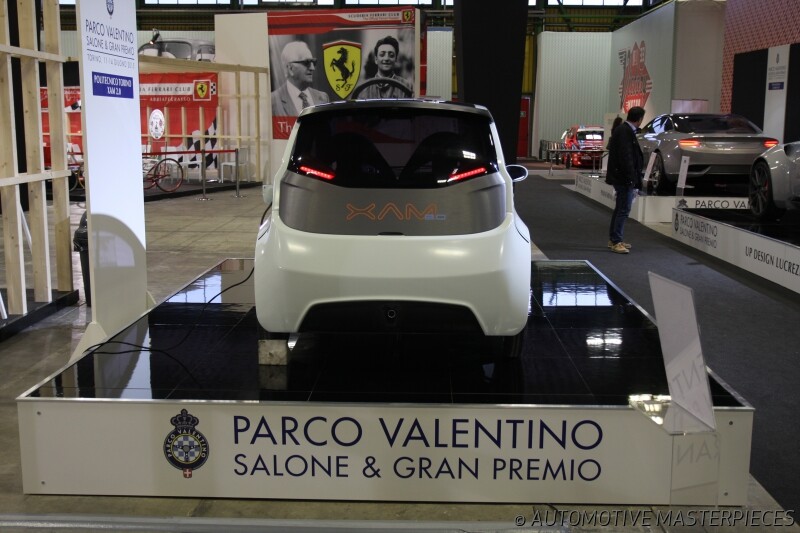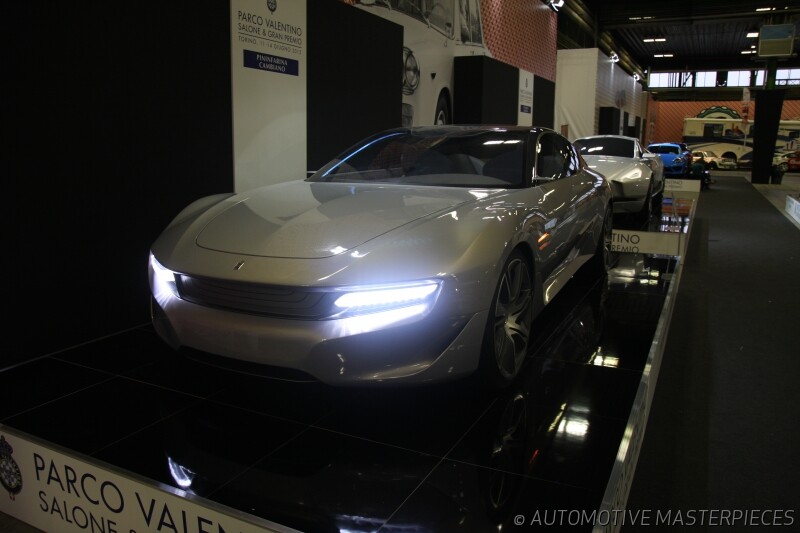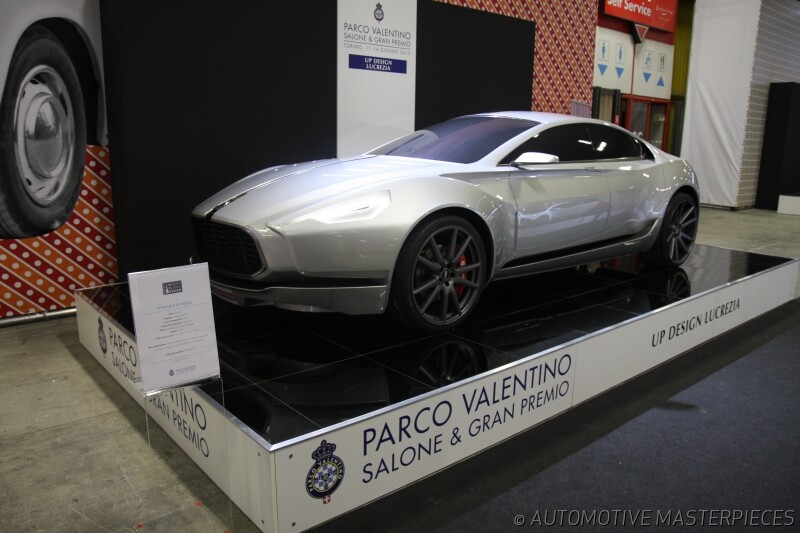
At 39th Motor Show four cars that have joined the lab
December 12, 2014
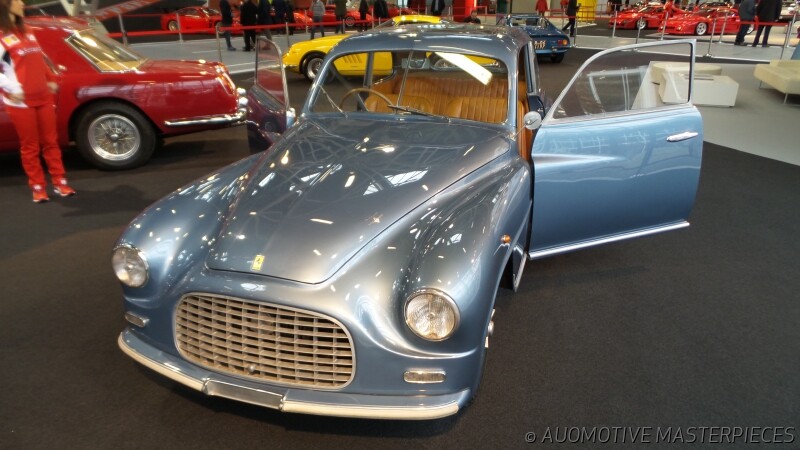
The 39th Motor Show was held December 6 to 14 at BolognaFiere and showed four cars that have already joined the lab.
The visitors and journalists were impressed by the Motor Valley area with Museo Ferrari and Museo Enzo Ferrari exhibitions.
Two cars from Museo Ferrari were recently published on AUTOMOTIVE MASTERPIECES:
1948 Ferrari 166 Sport #005S
The Ferrari 166 - the number assigned to a Ferrari model traditionally corresponds to the capacity of each individual cylinder - was the direct evolution of the first 125 (fitted with a 60° V12) from 1947. The engine of that early car, designed by Gioacchino Colombo had firstly been transformed into a 159 and then with the 166 taken to the limit of the two litre class.
The 166 S was launched at the start of 1948 in both berlinetta and spider versions, both of which were built by Allemano. The berlinetta took victory in that year’s Mille Miglia, while the spider won the Giro di Sicilia.
Ferrari followed this success with a prototype for a production car called 166 Sport, a closed body “road-going” version of the 166 Spider Corsa. In total three examples were constructed in the odd chassis number range 001 S – 005 S, the first two having Allemano bodywork, and the final model a coupe body by Carrozzeria Touring of Milan with the Superleggera system and the panoramic roof Aerlux. This latter car was shown at the 1948 Turin Salon and won the 1st Coppa InterEuropa in Monza the following year with Count Antonio Sterzi of Milan as driver. It is believed to be the first 2+2, the oldest “road-going” Ferrari in existence and the survivor of these small series. The car is fitted with the famous 12-cylinder engine. The original engine number was unknown and now the car is fitted with 013S. The engine of 166 Inter Touring Coupé displayed at 1949 Geneva Motor Show.
1952 Ferrari 166 MM #0244M
The Ferrari 166 - the number assigned to a Ferrari model traditionally corresponds to the capacity of each individual cylinder - was the direct evolution of the first 125 (fitted with a 60° V12) from 1947. The engine of that early car, designed by Gioacchino Colombo had firstly been transformed into a 159 and then with the 166 taken to the limit of the two litre class. To pay homage their first major success at the 1948 Mille Miglia, Ferrari upgraded their successful 166 Sport and made the 166 MM. These contributed more than any other previous model, scoring many of Ferrari's first international victories and made the company as a great manufacturer of sports cars.
A total of 46 Ferrari 166 MM were built in two series in both berlinetta and spider (barchetta) versions: 33 cars of the first series and 13 of the second. The majority of them were bodied by Carrozzeria Touring. This chassis is one of four Vignale bodied. During the season 1953 this car won the 12 Heures internationales d’Hyères and came second at the first 12 Heures internationales de Reims.
At the Motor Valley pavilion we also find the 1958 Maserati 420/M/58 Eldorado from the Collezione Umberto Panini.
Built specifically for the 1958 Race of Two Worlds, also known as the 500 Miglia di Monza or Monzanapolis, the car was driven by Stirling Moss. In the first of three heats he finished fourth, while in the second he placed fifth.
Unfortunately, in the third round, the steering collapsed on the 40th lap, sending Moss off the track at 260 km/h. Amazingly, he was unhurt and the car was still ranked seventh at the end of the race.
The Eldorado was the first racing car in Europe to be sponsored completely by a company outside the automotive world: the ice-cream manufacturer Eldorado Sud.
The Eldorado featured a chassis inspired by the lightened 250F road series, with a front suspension originating from the 450S, a De Dion type rear axle and the engine originating from the 4500 cc engine capacity reduced to 4200.
The Race of Two Worlds was intended as an exhibition event, allowing American teams from the United States Auto Club (USAC) National Championship to compete directly against teams from the Formula One World Championship based in Europe. The two types of cars competed on the banked oval at Monza which had been completed in 1955. Due to the similarity to the Indianapolis Motor Speedway, where the USAC teams ran the Indianapolis 500, the event earned the nickname Monzanapolis. After that, it was decided to enter it in the Indianapolis 500, but major problems with fuel feed meant it failed to get beyond the qualifying sessions.
At the Memorial Bettega booth we have seen the 1974 Lancia HF Stratos Marlboro GR. 4. The Lancia Stratos Marlboro, with registration number TO-L52901 and ex-works chassis no. 1512, won the 1974 World Championship Rally with the official Lancia-Marlboro team. It was the first Stratos Gran Turismo homologated in Group 4 on 1 October 1974 and which, that year, took part in the Targa Florio with the drivers Munari-Andruet (did not finish due to engine failure), the Tour de France with Andruet-‘Biche’ (3rd overall) and the RAC in Britain with Munari-Sodano, who won an overall 3rd place. The car was powered by a 6V (65°) engine of 2418 ccs with a 12 valve cylinder head (280 bhp at 8500 rpm). The racing version was produced in 26 units out of a total of about 500 Stratos (1972-1975).
Among the other masterpieces, we found the Alfa Romeo 1900 SSZ and Alfa Romeo 6C 1750 Zagato / Aprile of Corrado Lopresto Collection for which we are realizing websites and will soon be on line.
Last but not least, deserve a mention the concept cars exhibited by the Parco Valentino: Pininfarina Cambiano, Studio Torino Porsche Moncenisio, UP Design Lucrezia, Politecnico di Torino XAM 2.0 and IED Torino Gloria - Alfa Romeo.
Cars

1948 Ferrari 166 S
- Coachbuilder: Carrozzeria Touring
- Chassis n°: 005S
- Engine n°: 013S
Ferrari prototype, exhibited in 1948 Salone di Torino; won the 1st Coppa Intereuropa in 1949. Believed to be the first 2+2 and the oldest “road-going” Ferrari.
MUSEO FERRARI (IT)
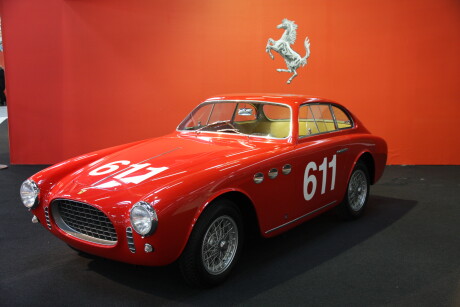
1952 Ferrari 166 millemiglia berlinetta
- Coachbuilder: Carrozzeria Alfredo Vignale & C.
- Chassis n°: 0244M
- Engine n°: no number
One of 4 Ferrari 166 millemiglia berlinetta Vignale bodied. Winning car at 1953 12 Heures internationales d’Hyères and 2nd at 12 Heures internationales de Reims.
MUSEO FERRARI (IT)
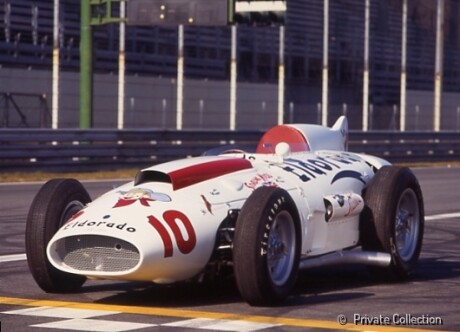
1958 Maserati TIPO 420/M/58 Eldorado
- Coachbuilder: Carrozzeria Fantuzzi
- Chassis n°: 4203
- Engine n°: TBD
Built for "Monzanapolis" race where Stirling Moss fought for the top positions. The very first European competition car finished in the colours of its sponsors.
MUSEO PANINI (IT)
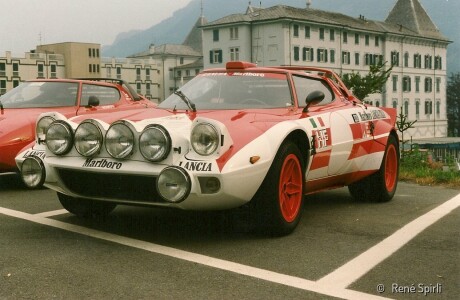
1974 Lancia Strato's HF
- Coachbuilder: Bertone
- Chassis n°: 829AR0001512
- Engine n°: 135C00-0008322
First Strato's homologated in Group 4 in October 1974. This ex-Works has participated and won the World Rally Championship 1974 with the Lancia-Marlboro team.
Private collection
